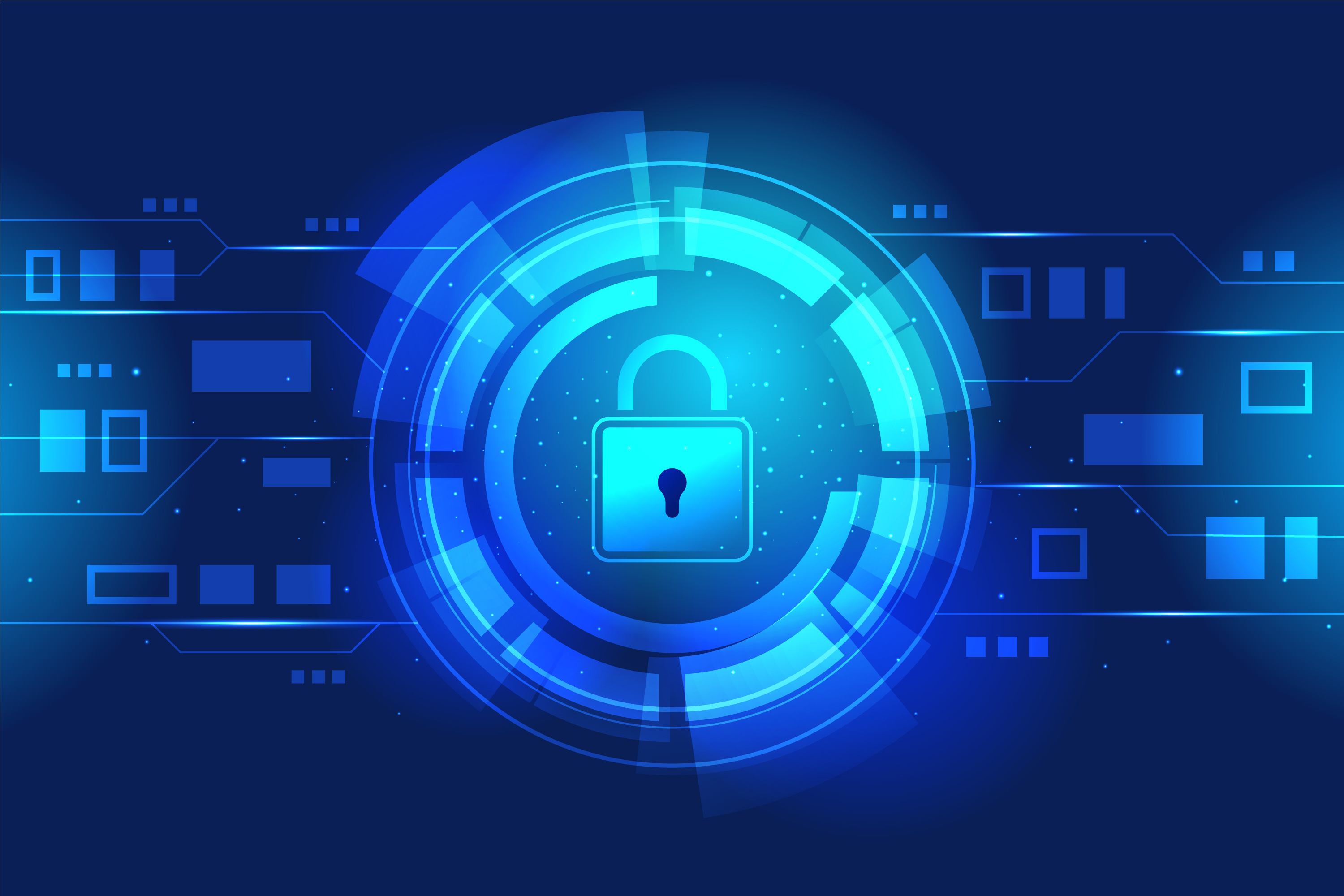
IT Support & SecurityWritten By: Suman Kumar Paul
Have you ever wondered how vulnerable your digital life is? In an increasingly interconnected world, where information flows freely and cyber threats loom large, safeguarding your data and devices has become a paramount concern. The digital dark represents the shadowy realm of cybercrime, where hackers, malware, and other malicious actors operate.
To protect yourself and your digital assets from this looming darkness, you need robust and simplified IT security solutions. In this blog, we will explore various strategies and practices to defend against the digital dark and ensure your online safety.
The digital dark encompasses a wide array of threats, including hacking attempts, ransomware attacks, data breaches, and identity theft. It is a realm where criminals exploit vulnerabilities in software, networks, and human behavior to compromise security and exploit valuable information. Understanding the risks and motivations behind these threats is crucial to developing effective defense strategies.
IT security solutions play a pivotal role in safeguarding your digital presence. They act as a shield against cyber threats, preventing unauthorized access, detecting anomalies, and responding swiftly to mitigate potential damages. These solutions encompass a range of tools, practices, and network security protocols that collectively enhance the security posture of individuals and organizations.
Implementing Secure Passwords
A strong password is the first line of defense against unauthorized access. Avoid using common passwords and opt for long, complex combinations of alphanumeric and special characters. Regularly update passwords and refrain from reusing them across different platforms.
Utilizing Two-Factor Authentication
Two-factor authentication adds an extra layer of security by requiring a secondary verification method, such as a code sent to your mobile device. This ensures that even if your password is compromised, unauthorized access remains difficult.
Keeping Software Updated
Regularly updating software is crucial for maintaining security. Software updates often contain patches that fix known vulnerabilities, reducing the risk of exploitation by cybercriminals. Enable automatic updates whenever possible.
Employing Antivirus and Anti-Malware Solutions
Antivirus and anti-malware solutions scan for and remove malicious software from your devices. Choose a reputable solution and keep it up to date to defend against the latest threats.
Educating Users about Phishing Attacks
Phishing attacks remain a prevalent threat, targeting unsuspecting individuals through deceptive emails, messages, or websites. Educating users about the signs of phishing attacks, such as suspicious links and requests for personal information, can help them avoid falling victim to such scams.
To protect sensitive information from unauthorized access, data encryption is essential. Encryption transforms data into an unreadable format, which can only be deciphered with the correct encryption key. Additionally, using secure communication channels, such as encrypted messaging apps or virtual private networks (VPNs), ensures that your data remains confidential during transmission.
Data loss can be devastating, whether due to hardware failure, malware attacks, or accidental deletion. Regularly backing up your data to external storage devices or cloud-based services provides an extra layer of protection. In the event of data loss, you can restore your files and minimize the impact on your digital life.
Implementing monitoring and intrusion detection systems helps identify suspicious activities within your network. These systems can detect unusual network traffic patterns, unauthorized access attempts, and potential security breaches. By promptly identifying and responding to these incidents, you can mitigate potential damages and safeguard your digital environment.
Firewalls and Network Segmentation
Firewalls act as a barrier between your network and the external world, filtering incoming and outgoing network traffic. Network segmentation, however, involves dividing your network into smaller, isolated segments, reducing the impact of a breach, and limiting unauthorized access.
Virtual Private Networks (VPNs)
VPNs provide a secure and private connection to the internet by encrypting data traffic between your device and the VPN server. This prevents eavesdropping and protects your online activities, particularly when using public Wi-Fi networks.
Employees are often the weakest link in an organization's IT security technologies. Providing comprehensive training and raising awareness about IT security best practices can significantly reduce the risk of human error and improve overall security posture. Topics such as recognizing social engineering tactics, safe web browsing habits, and secure email usage should be covered.
Despite all precautions, security incidents may still occur. Establishing an incident response plan ensures a structured and coordinated approach to handling breaches, minimizing their impact, and restoring normal operations. Additionally, having a robust IT disaster recovery plan in place allows for swift recovery and continuity of critical services in the event of a major incident.
As technology continues to evolve, so do the threats we face in the digital world. The future of IT security solutions lies in leveraging advanced technologies like artificial intelligence (AI), machine learning (ML), and behavioral analytics to detect and prevent emerging threats. Additionally, the integration of blockchain technology and biometrics holds promise for enhancing authentication and data protection.
Conclusion
As we reach the end of our journey through the digital dark, it's time to empower yourself with the tools and knowledge to defend against cyber threats. Are you ready to take a stand and protect your digital kingdom?
Don't let the shadows of the digital dark intimidate you. Embrace the power of secure passwords, two-factor authentication, and regular updates. Educate yourself about phishing attacks and encrypt your data. It's time to shine a light on your online IT security solutions.
Act now and pave the way to a safer digital future. Click the link below to access the resources and expertise that will empower you on your quest for digital protection.
Remember, you hold the key to your digital fortress. Join the ranks of those who refuse to succumb to the digital dark. Your digital security awaits.
TAGS - data security service managed security service information security management services it service providers best it security solutions cyber security service providers security
See Also - Why is it important to hire IT remote support specialists for businesses?